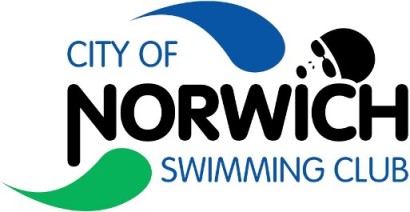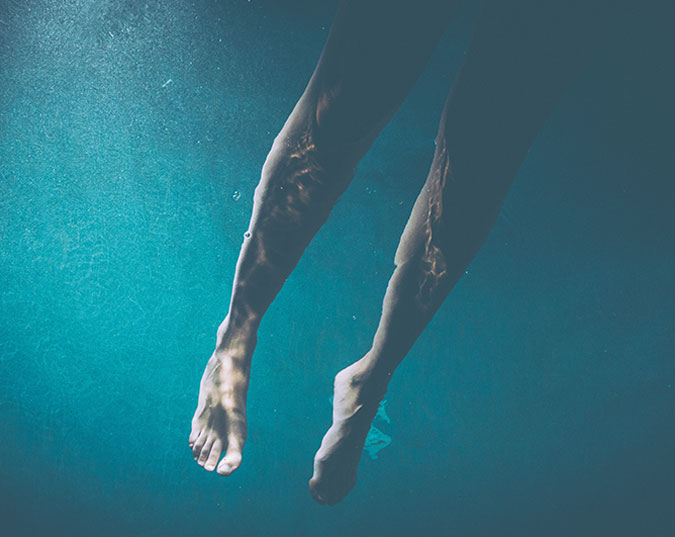All the coaches were volunteers. In 1976 Jane Asher (later to become a World Champion Masters Swimmer) was appointed as the first part time paid professional Chief Coach of the Club. The club experienced increased success in swimming leagues and in Midland and National events. Norwich Penguins started to challenge the other top teams in East Anglia such as the Norwich Swan and Cambridge Granta for the first time. During this period swimmers Bettina Doyle and Martin Clarke were selected to swim for the national youth squad.
In 1980 the Norwich Penguins absorbed the county-wide Broadland Swim Squad and with it a number of exceptional swimmers. Following this in 1981 Penguins appointed its first full time professional Chief Coach Barry Prime. He left in 1984 replaced by Martyn Woodroffe for just eight months, then Fred Furniss for two years to 1987 and Fred Kirby up to 1991. During this ten-year period Penguins enjoyed great success. The Club reached the Speedo Inter League Final for the first time in 1983 placing 7th at Blackpool. The Club qualified every year through to 1999. Norwich Penguins won the final at Crystal Palace in 1985. A number of Norwich Penguins were GB international Olympic swimmers during this period. David Stacey, Paul Easter (4 x 200m freestyle relay bronze 1984 Los Angeles Olympics), Kathy Read, Karen Mellor, Helen Slatter and Sharon Page. Ian Greyson also represented GB in the 1980s.
Steve Purchase took over as Head Coach in 1991 and during the next few years Penguins continued to qualify for the National Speedo League Final. Kerry Jiggins and Nick Baker were selected for GB international teams towards the end of the 1990’s. From its small beginnings the Club had by now grown to over 2000 members with 75% in the learn-to-swim. The Club was based across the school pools at the Hewett, Norwich High School, Town Close, Earlham (Spinney), Colman Road, Heigham Park, Thorpe High, Hellesdon High, Heartsease, Fairway, Drayton, Hethersett, Wymondham College and Red House (Buxton).
The new Sportspark 50-metre 8-lane swimming pool opened at the University of East Anglia in September 2000 and some of the Norwich Penguins squads moved to train there. Its opening was particularly timely as the Hewett School pool closed for repairs – and remained closed for over 2 years. In 2000 Norwich Penguins won the Eastern Junior Swimming League and became the first Norfolk club to qualify for the Speedo National Junior League Final, coming 7th at Wolverhampton.
Steve Purchase left Norwich Penguins in April 2002 with Fred Furniss returning to the club for his second spell as head coach.
The club changed its name to City of Norwich Swimming Club in 2004 whilst keeping the name Norwich Penguins for it’s Learn to Swim section.
City of Norwich became an ASA Beacon Club in 2006 securing significant funding for a 3 year period and Dave Calleja became the head coach. Swimmers Anne Bachmann and Bethany Coggins were selected for the GB European Junior team. Dave Calleja left the club towards the end of 2008.
Alex Pinniger became the club’s head coach in January 2011. At the London 2012 Paralympics 16 year-old member Jessica-Jane Applegate won a gold medal for Great Britain. Four years later at the Rio 2016 Paralympics Jessica-Jane claimed two silver medals and one bronze medal. Alex was awarded the British Swimming Para Coach of the Year in 2017.






 Login
Login Register
Register cityofnorwichsc
cityofnorwichsc @cityofnorwichsc
@cityofnorwichsc